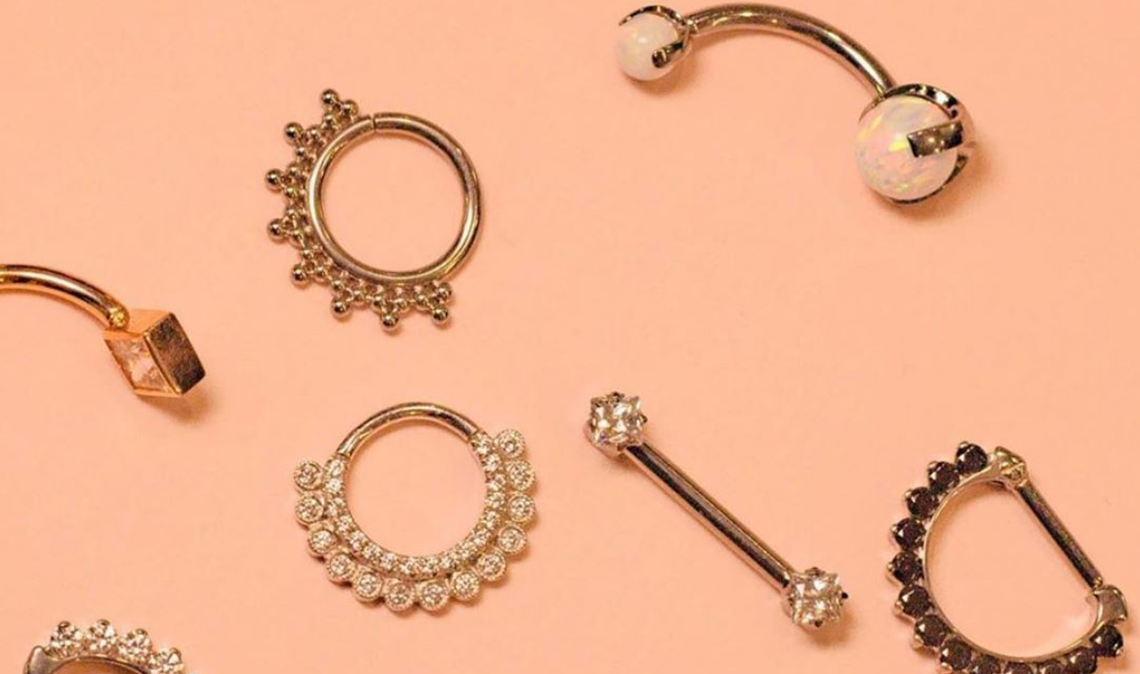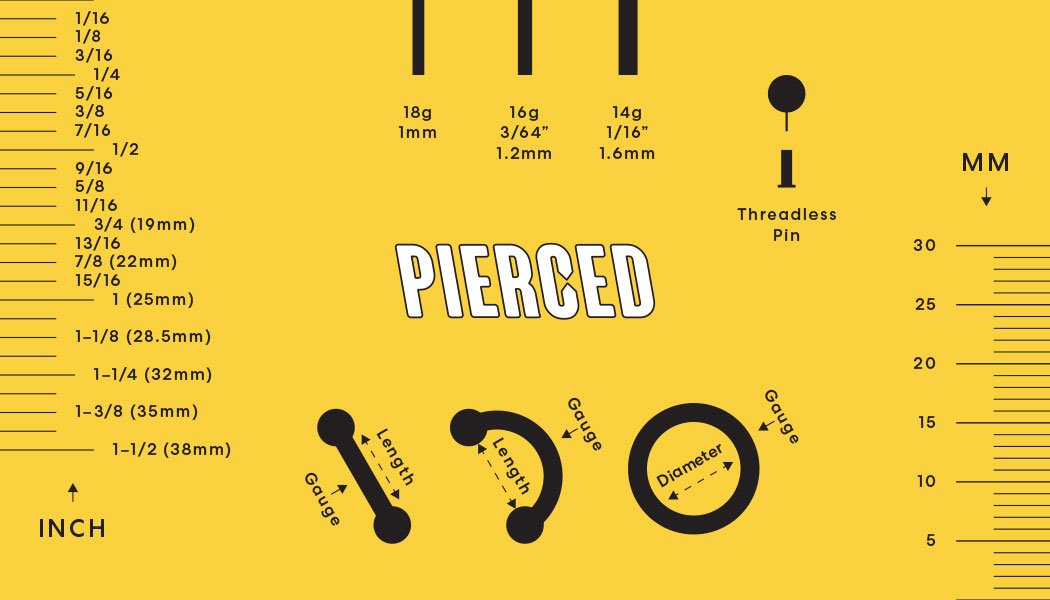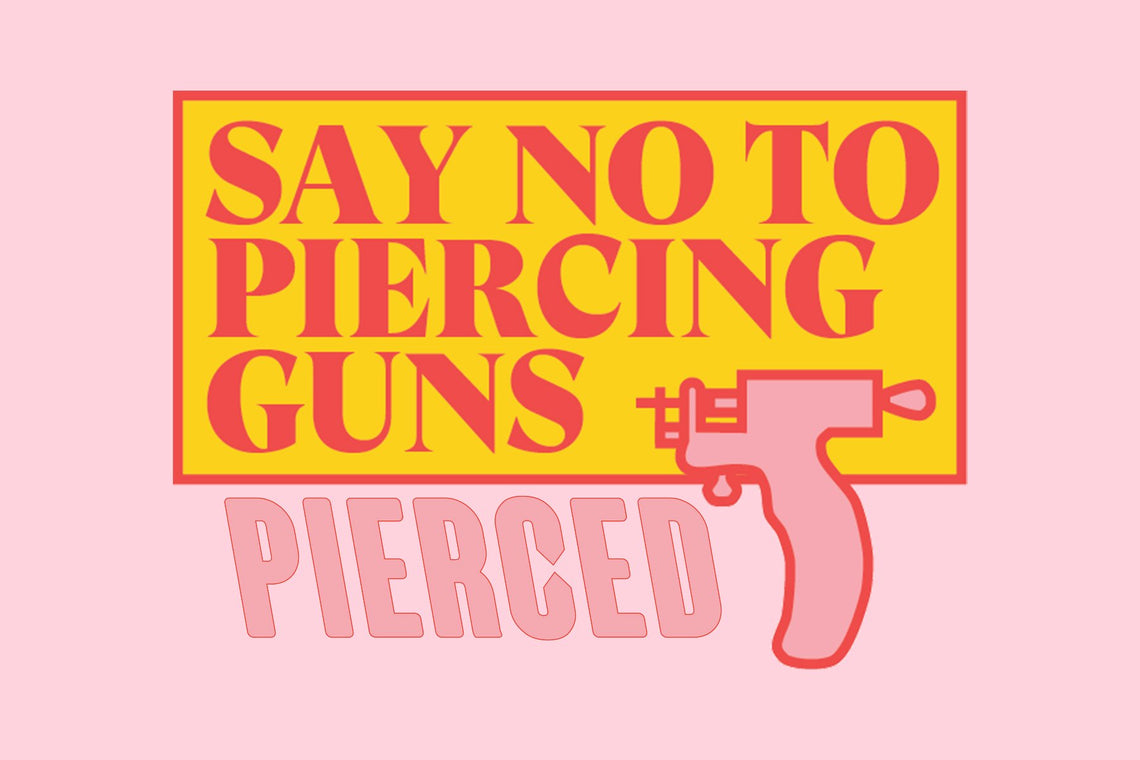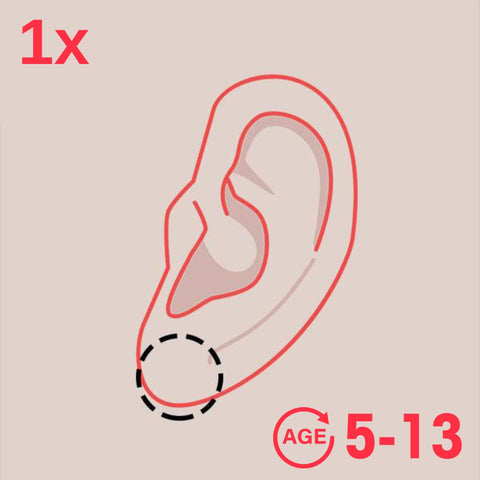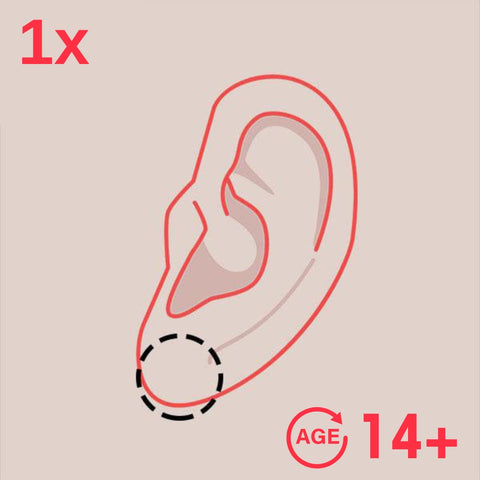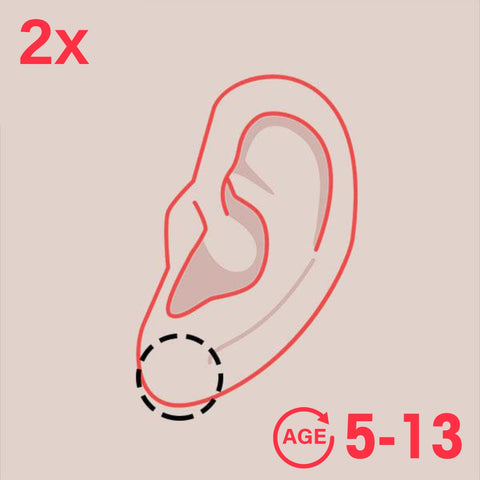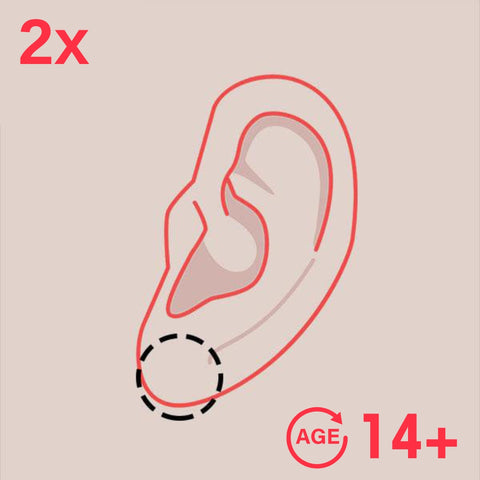Belly button piercings, also known as navel piercings, have become a popular form of self-expression and body modification. They can be a fashionable and unique way to adorn your midsection. If you're considering getting a belly button piercing or simply curious about the process, this comprehensive guide is here to provide you with all the information you need. From the initial procedure to aftercare and potential risks, we've got you covered.
What is a Belly Button Piercing?
A belly button piercing involves inserting jewelry, typically a barbell or a curved bar, through the skin surrounding the navel. This type of piercing is considered surface piercing since it does not penetrate any cartilage. The aesthetic appeal of belly button piercings can range from a simple and subtle adornment to a more intricate design.
The History of Navel Piercings
Navel piercings have a rich history that dates back thousands of years. They were prevalent in ancient Egypt, Rome, and India, where they held cultural and symbolic significance. In modern times, the popularity of navel piercings surged during the 1990s and early 2000s, thanks to popular culture and celebrities sporting this fashionable adornment.
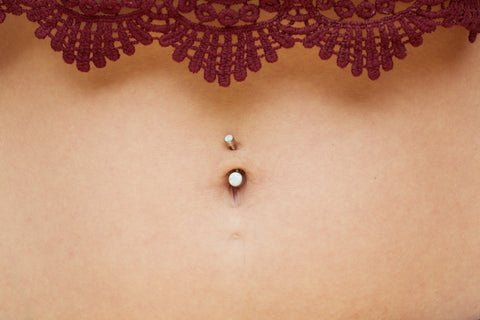
Does a navel piercing hurt?
All piercings pinch a little, but this naval piercing shouldn’t hurt too much. Because the belly button piercing goes through tissue only—no cartilage—it hurts less than many other types of piercings.
Aftercare: How to Properly Care for Your Belly Button Piercing
Belly button piercings take between 9 and 12 months to fully heal. During this time, you should keep your original piercing jewelry in place and follow piercing hygiene guidelines as provided by the piercer. Avoiding infection for a belly button piercing is similar to avoiding infection for other types of piercings.
Here are some essential aftercare tips:
- Cleanse the piercing twice a day using a saline solution or mild, fragrance-free soap.
- Gently rotate the jewelry during cleaning to prevent it from sticking to the surrounding tissue.
- Avoid touching the piercing with dirty hands or unnecessary contact.
- Wear loose clothing to avoid friction and irritation.
- Avoid swimming in pools, hot tubs, or natural bodies of water until the piercing is fully healed.
- Follow the piercer's instructions regarding changing or removing the jewelry.
Potential Risks and Complications
While belly button piercings are generally safe when performed by a professional, it's important to be aware of potential risks and complications. These may include:
- Infection: Proper aftercare significantly reduces the risk of infection, but it can still occur. Look out for signs such as redness, excessive swelling, discharge, and prolonged pain.
- Rejection: In some cases, the body may treat the piercing as a foreign object, leading to rejection. Signs of rejection include migration of the jewelry, discomfort, and prolonged healing.
- Allergic reactions: If you have a known allergy to certain metals, such as nickel, be sure to choose hypoallergenic jewelry to avoid allergic reactions.
Can all navels be pierced?
Belly button piercings are a type of surface piercing—this means much of your piercing jewelry lies under the surface of your skin, with two exit points on the same side (rather than piercing from one side to the other side of a flap of tissue or cartilage). Surface piercings can be located almost anywhere: hips, eyebrows, shoulders, back, chest, or nearly anywhere else you prefer. Areas considered a high motion area will be difficult to heal and prone to snags and issues.
You don’t have to stick to surface piercings, either. Many of our clients like the appearance of lip piercings, septum piercings, stretched lobes, or other styles. Though you can’t pierce an outie belly button, you have many other piercing options available!
What if I get pregnant?
If your piercing is already fully healed, you can leave it in for the duration of your pregnancy. It may become uncomfortable, though. If you’d like to remove your piercing, If a navel piercing is fully healed it’s unlikely to close, blockage may occur which can be cleared out once jewelry is reinserted.
If you become pregnant before your piercing has healed, you’ll need to remove the jewelry. Healing a piercing puts stress on your immune system. Trying to heal a piercing while pregnant puts yourself and your baby at risk for infection. For this reason, we also don’t recommend getting pierced while pregnant (but you’re welcome to come back after you’ve delivered your baby!).
What body jewelry can I use in a navel piercing?
There’s a wide variety of body jewelry styles available for belly button piercings. Before you stock up on jewelry, however, consider the types of metal you’re comfortable wearing.
Some popular options for belly button jewelry include surgical steel, stainless steel, and gold belly rings and body jewelry. Each of these has its own pros and cons:
Surgical steel should not irritate your body. However, it’s not always pure; many surgical steel navel rings contain nickel. If you’re sensitive to nickel, it’s best to avoid this metal.
Stainless steel is one of the most common options for cheaper jewelry but tends to be low-quality and irritating.
Gold is many individuals’ go-to option for hypoallergenic jewelry. For many, it’s extremely safe. Unfortunately, gold is always blended with other metals, so occasionally allergic reactions to gold jewelry do occur.
If you have extremely sensitive skin, we recommend sticking with titanium jewelry—which tends to be comfortable, safe, pure, and hypoallergenic.
For your piercing, your piercer will likely insert a curved barbell into your piercing. This is shaped with a slight curve, and generally boasts a gem or metal ball at either end.
Once your piercing is healed, you can replace it with captive bead rings and navel rings. These rings can be simple or ornate. Captive bead rings, as their name implies, feature a single bead held in by pressure onto the ring.
Variations on curved barbells and navel rings come in all shapes and sizes. Many include charms, chains, and ornate designs. Some even feature zodiac signs, precious gems, or sports logos! Shop around and find jewelry that speaks to you.
 Closing Thoughts
Closing Thoughts
With this comprehensive guide to navel piercings, you now have all the information you need to embark on your piercing journey with confidence. Remember to choose a professional piercer like Pierced, follow proper aftercare protocols, and stay informed about the risks and trends associated with navel piercings. By doing so, you'll enjoy a successful and stylish navel piercing experience that reflects your individuality.
Piercing Studios Near You
Mississauga
Square One Shopping Centre
100 City Centre Drive, Mississauga,
ON L5B 2C9
Phone
+1 (905) 232 -7226
Need an Experienced Piercer in Mississauga?
Working with an experienced piercer can make all the difference when it comes to your piercing experience. If you’re in the Mississauga, Ontario area and have any questions about ear piercing, body piercing or jewelry, give us a call or stop by our piercings studio today. We’d love to help walk you through what to expect and help you choose the right option.
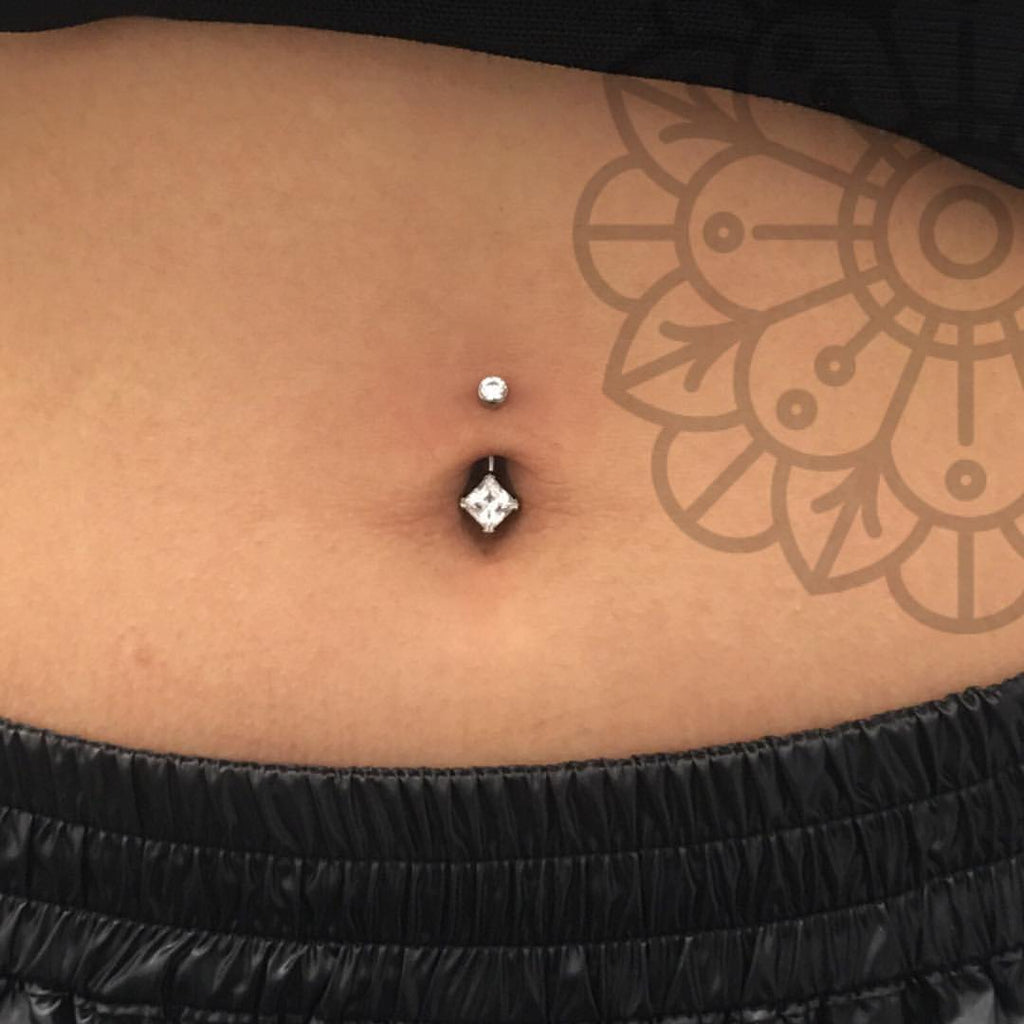
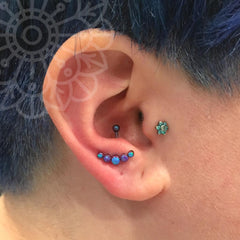
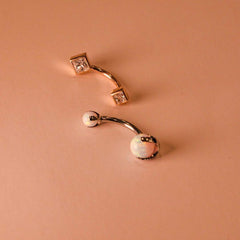
 Closing Thoughts
Closing Thoughts 